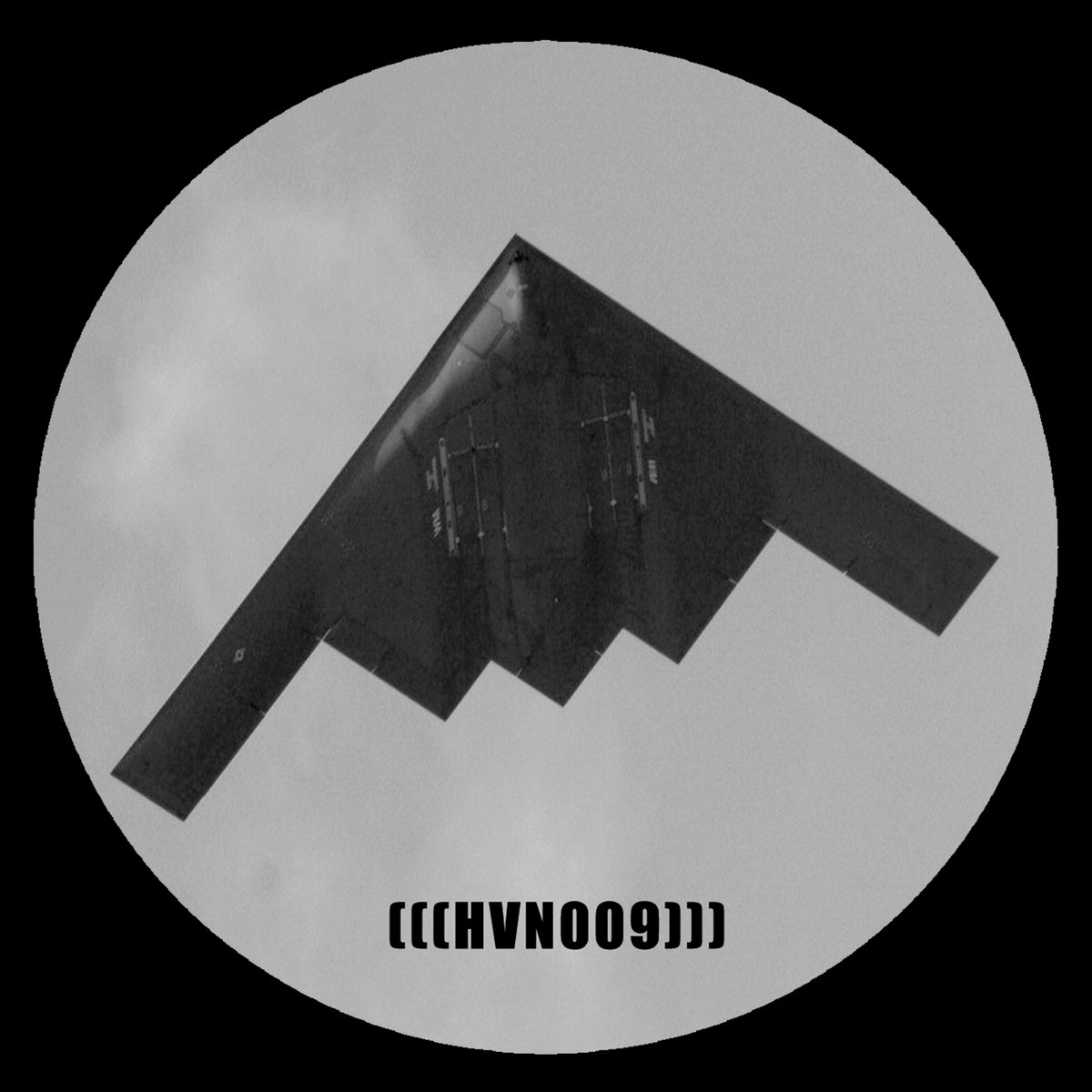The fact that quantum dots are already being successfully applied to LCD-LED and OLED screens is encouraging for future QDEL products. QDEL stakeholders claim that the tech could bring efficiencies like lower power consumption and higher brightness than OLED. (Research using a prototype device has recorded quantum dot light-emitting diodes reaching 614,000 nits. Of course, those aren’t the type of results you should expect to see in a real-life consumer product.)
614,000 nits
That’s fucking insane. HDR 1400 displays are at least 1,400 nits. 614,000 nits seems like you’d be staring at the fucking sun.
There’s also hope that QDEL could eventually last longer than OLED, especially since QDEL doesn’t rely on organic materials that can cause burn-in.
Tbh the burn-in issue is the reason why I don’t like OLEDs as computer monitors. I know phones and TVs don’t tend to have major burn-in issues, but the fact that it exists sucks. TVs have a variable-enough image that long-term use isn’t an issue imo, and even the most thrifty person will probably end up replacing their phone every 4~6 yrs. However, I’m used to having computer monitors be long-term things. My last monitor lasted about 10yrs before it died.
As it stands, QDEL displays would become noticeably dimmer more quickly than today’s OLED displays.
Aw, that’s disappointing. At the same time though, if they’re able to get even 10% of the 614,000 nits on commercial units, then they’d have to lose a significant amount of brightness to dim to current display levels.
But optimists believe QDEL display lifetimes could one day be on par with LCD-LEDs and outlast OLEDs.
Yeah, I hope so too.
So the formula for nits to Lumen is below:
N=L/3.426
614,000 = L / 3.426
2,103,564 Lumens
Bruh…
1m² of the sun is 127,000 Lumen. This TV is at most 2 m². It’d certainly be the last thing you ever saw.
That lab sample must have been a single diode emitting for a nanosecond or something.
We will continue to wait for the holy grail of micro LED monitors and phones. So far, all of my OLED phones have burnt in around the 5 year mark. Avoiding OLED like the plague for longer lasting devices like Monitors, TVs and (god forbid) car displays.
I would assume a retail ready model would have the capacity for that blinding level of nits, but undervolt to a more reasonable brilliant 2,000 and then add voltage over time to compensate for the dimming over time.
I will say that having a >10,000 nit display could be really cool at 8k, you could produce some really awesome images and stare at the Sun without having to go outside and with less cone damage.
Apparently the Sun at noon is 1.6 billion nits, that would be hilarious in a TV.
phones definetly have issues with burnin still. my last phone had it as well as some image degradation despite constant promising its all good now. at this point ill just stick with lcds until we have better tech.
I’m posting this from a 7 year old phone with an OLED screen. The screen still looks as good as the day I bought it.
I am worried about burn-in on computer screens, but at the same time I am just wondering about how others use their phones, my last 4 phones had OLED and I have never had any burn in occur. I bought a used Galaxy S4 mini at some point and when I got it had slight burn-in of some icons, but it didn’t get any worse in the two years I was using it. Am I maybe just too old because I use a computer while young people use their phones for 10 hours a day?
As a young person that uses their phone extensively, daily driving both a Samsung Galaxy S10 Plus from 2019 and a Samsung Galaxy S24 Ultra from 2024 for about 6 to 7 hours every day, I can tell you that at least for flagships, AMOLED display burn-in is a non-issue, it arguably does not exist.
I cannot confirm. The phone I’m writing these very words on is a Samsung Galaxy S10 Plus from 2019 running LineageOS 20, and the AMOLED display is absolutely gorgeous and looks as good as today’s top-tier smartphone screens. But maybe that’s because this is a Samsung flagship, and Samsung is notorious for making kind of the absolute best displays for their flagships.
S10e owner here, still running the stock Android. The display looks factory fresh. Battery is slightly tired but still quite functional, I just wish they’d keep sending updates.
for reference i had a samsung a-series with an amoled display
maybe the s-series has a better panel?
behold, nanotechnology
Bring on the nanomachines.
Nano-TVs, son.
What is this? A TV for quarks?
Pretty sure these tvs will be the same size as today’s.
yeah but nano
We would build this TV and make ants pay for it!
Celebratory shots from AR-15 and red caps get thrown into the sky.
Cool, so they’ll be available without all the spyware, right? … Right??
No, there will be Spyware in the fucking diodes…
😂
😳
Diode emitting lights?
Well, it makes sense in French where DEL means : Diodes Electro Luminescentes, which is LED in english.
From the article:
Quantum dots are already moving in the premium display category, particularly through QD-OLED TVs and monitors. The next step could be QDEL, short for “quantum dot electroluminescent,” also known as NanoLED, screens.
How much do you reckon the first qdel tv cost? 20k?
This is the best summary I could come up with:
With OLED-equipped TVs, monitors, and other gadgets slowly becoming more readily available at lower prices, attention is turning to what the next landmark consumer display tech will be.
Micro LED often features in such discussions, but the tech is not expected to start hitting consumer devices until the 2030s.
But when it comes to technology that could seriously address top user concerns—like image quality, price, and longevity—quantum dots seem the most pertinent at the moment.
Not to be confused with the QLED (quantum light emitting diode) tech already available in TVs, QDEL displays don’t have a backlight.
The expected result is displays with wider color spaces than today’s QD-OLEDs (quantum dot OLEDs) that are also brighter, more affordable, and resistant to burn-in.
If commercialized and mass-produced, QDEL can have a cost-to-performance ratio better than that of OLED, but it would still struggle to compete with LCD-LED on a cost basis.
The original article contains 514 words, the summary contains 150 words. Saved 71%. I’m a bot and I’m open source!
Come back if you have it on market.
Quantum!
I get the distinct feeling the writer doesn’t understand quantum Dots, and doesn’t understand the technology behind any of the display technologies he attempts to describe.
I don’t know exactly why but for some reason I hate oled. Maybe it’s the flickering thing. Will that be solved with this tech?
What flickering thing?
pwm
LCDs have that
Google pwm oled flicker
I meant LCDs can have it too
Are you confusing them with CRTs? Those are notorious for flickering!
No, oleds have this thing that some people can get headaches from. I have no idea how it works













